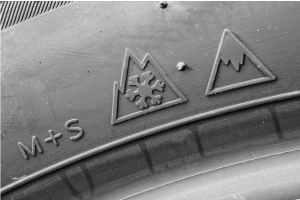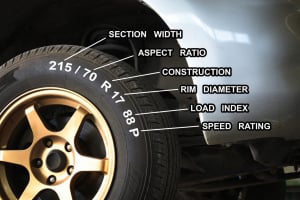
When it comes to buying tires for your semi-truck, one option that many people consider is purchasing retreaded tires. Retreading involves taking a worn tire and applying a new layer of tread to it, making it usable again. While retreaded tires can be a cost-effective solution, there are several factors to consider before making a decision. In this blog post, we'll take a closer look at the pros and cons of retreaded semi-truck tires and why buying new tires may be a better choice.
Pros of Retreaded Semi-Truck Tires
- Cost Savings
The primary advantage of retreaded semi-truck tires is the cost savings. Retreaded tires are generally less expensive than new tires, making them an attractive option for trucking companies and independent truck drivers on a budget. The cost savings can be significant, with some estimates suggesting that retreaded tires cost up to 50% less than new tires.
- Environmental Benefits
Retreaded tires are also environmentally friendly. By using existing tires and adding a new layer of tread, retreading helps to reduce the number of tires that end up in landfills. This helps to conserve natural resources and reduce pollution associated with tire production and disposal.
- Performance Similar to New Tires
Retreaded tires are designed to provide similar performance to new tires. They undergo a rigorous inspection process to ensure that the tire casing is in good condition and can safely support a new tread layer. The new tread layer is then applied using a process that is similar to the manufacturing of new tires, ensuring that the tire performs as expected.
Cons of Retreaded Semi-Truck Tires
- Higher Risk of Failure
One of the biggest concerns with retreaded tires is the higher risk of failure. Retreaded tires are more likely to experience tread separation or blowouts than new tires. This is because the tire casing has already been subjected to wear and tear, which can weaken the structure of the tire. While modern retreading processes have improved the safety of retreaded tires, there is still a higher risk of failure compared to new tires.
- Reduced Durability
Retreaded tires are generally less durable than new tires. While the new tread layer provides some additional life to the tire, the casing has already been subjected to wear and tear. This means that the tire may not last as long as a new tire, which can result in more frequent replacements and increased costs over time.
- Safety Concerns
Retreaded tires may not meet the same safety standards as new tires. While retreaded tires undergo a rigorous inspection process, there is still a risk that the tire casing may have hidden damage that is not detected during the inspection. This can result in a tire failure while on the road, which can be dangerous for the driver and other vehicles on the road.
Why Buying New Tires is a Better Choice
While retreaded tires can be a cost-effective solution, there are several reasons why buying new tires is a better choice for most truck drivers.
- Safety
New tires are generally safer than retreaded tires. They are designed to meet the latest safety standards and undergo rigorous testing to ensure that they perform as expected. New tires also have a lower risk of failure compared to retreaded tires, which can reduce the risk of accidents and downtime.
- Durability
New tires are generally more durable than retreaded tires. They have a longer lifespan and are less likely to experience premature failure. This means that you'll spend less money on tire replacements and have fewer tire-related downtime incidents.
- Better Performance
ew tires provide better performance than retreaded tires. They have better traction, handling, and braking capabilities, which can improve the safety and efficiency of your vehicle. New tires also provide better fuel efficiency, which can result in cost savings over time.
- Warranty Coverage
New tires typically come with a manufacturer's warranty, which provides added protection and peace of mind. If the tire fails due to a manufacturing defect, the warranty will cover the cost of a replacement tire.
- Reduced Maintenance Costs
While retreaded tires may be less expensive initially, they can result in increased maintenance costs over time. Retreaded tires may require more frequent inspections and repairs, which can add up over time. New tires, on the other hand, require less maintenance and are less likely to require repairs.
Conclusion
While retreaded tires can be a cost-effective solution for some trucking companies and independent truck drivers, there are several factors to consider before making a decision. Retreaded tires have a higher risk of failure, reduced durability, and safety concerns. New tires, on the other hand, provide better safety, durability, and performance, and may result in cost savings over time.
In conclusion, when it comes to purchasing tires for your semi-truck, it's important to consider all of the factors and make an informed decision. While the cost savings of retreaded tires may be attractive, the potential safety risks and increased maintenance costs may make new tires a better choice for most truck drivers. By investing in high-quality new tires, you can ensure the safety, efficiency, and longevity of your vehicle, and ultimately save money over time.





